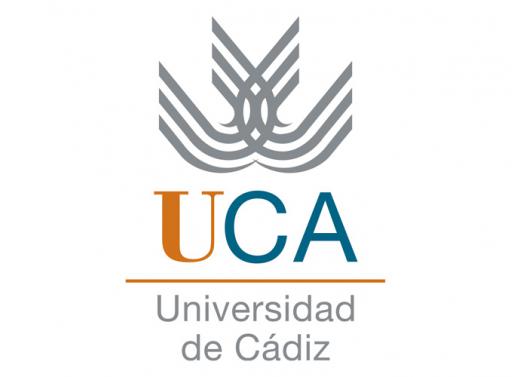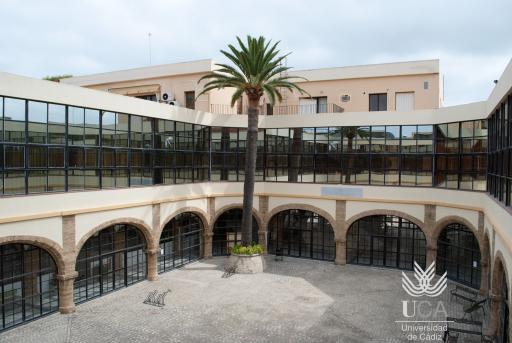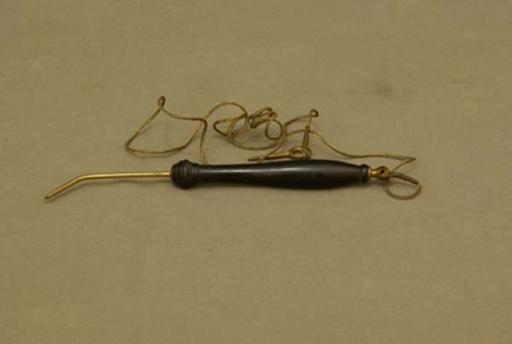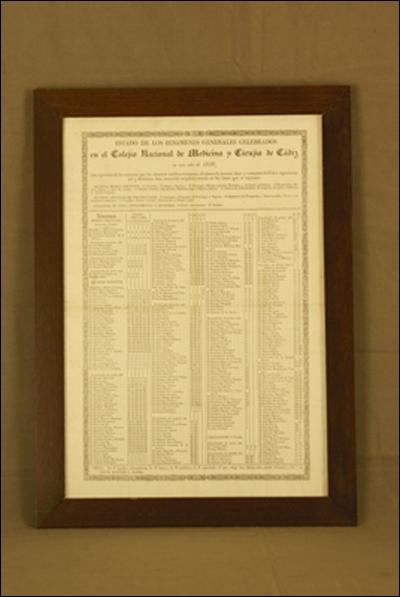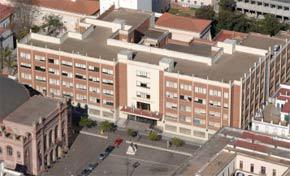Universities
The constitution of its Inaugural Meeting, on 30 October 1979, marked the beginning of the University of Cádiz (UCA). This milestone was the culmination of a lengthy process of campaigning for a university capable of reinstating the rich tradition of higher education studies in Cádiz and its province, originally developed under the auspices of maritime and commercial activities in Early Modern and contemporary times.
The provision of higher education in Cádiz dates back to the 15th Century, when the Colegio de Pilotos de los Mares de Levante y Poniente (College of the Pilots of the Sea) was established. This institution operated under the Basque Brotherhood, whose learned endeavours in cosmology and mathematics achieved significant fame and prestige. Its achievements were acknowledged in the Breve Tratado de la Sphera y Arte de Navegar (Brief Compendium of the Sphere and of the Art of Navigation) by Martín Cortés, printed in Seville in 1545, and in Antonio Hugo de Omerique’s Analysis Geométrica, published in 1698. The latter work was the product of the Chair of Navigation at the Jesuit Colegio de Santiago de la Compañía de Jesús, founded in 1566.
In the Humanities, the Chair of Latin Studies at the Cathedral School was occupied by the grammarian and Erasmian Francisco de Tamara. In 1681, studies in Grammar, Arts and Theology were established at the Santo Domingo Convent in Cádiz. They were also offered to the lay population and went on to enjoy significant prestige.
In 1748, the most important cultural institution ever to exist in Cádiz was created: the Royal Army College of Surgery, where the likes of Virgili, Canivell, and Nueve-Iglesias Roland taught. The College introduced the practice of providing the best students with scholarships to study at the most prestigious foreign centres of learning. It was thanks to revolutionary approaches such as this that the institution was granted the right to carry out two functions that had been the exclusive domain of universities – namely, to award the ‘Latin Graduate Degrees’ (under the Royal Decree of 1757), and to teach Medicine to its Surgery scholars. At the time, these were two distinct degrees, Medicine being taught throughout Europe exclusively at university faculties, and Surgery only at non-university colleges. Finally, the Ordinances of the College of Cádiz, 1791, authorized the institution to award combined Doctor–Surgeon Degrees, an innovation that would go on to be adopted throughout Europe.
In 1871, when the so-called ‘Free Faculties’ were authorised, the City Council of Cádiz requested that a Faculty of Pharmacy be constituted. This was located within the Faculty of Medicine and was provided with a well-equipped laboratory – among the best of its time – funded by the City Council itself. In October 1873, a Free School of Law was inaugurated at 17, Calle San Miguel; and in the following March, the necessary funding was obtained from the Council and the Provincial Government to promote it to the status of ‘Free Faculty’ of Law. This project was never completed due to the Decree of 29 September 1874, in which these Free Faculties were disbanded. However, it remained a College of Civil and Canon Law at least until 1878, at its new premises at 38 Calle San José.


 EN
EN  ES
ES 
